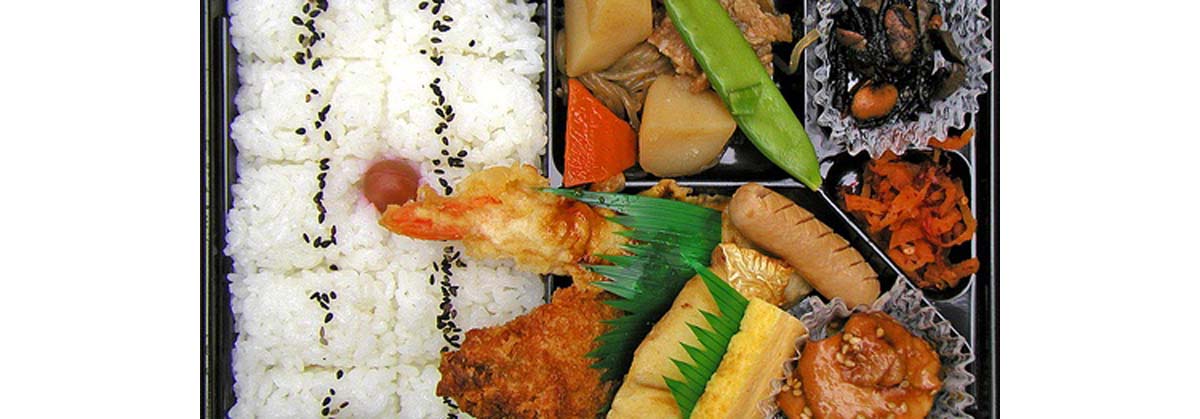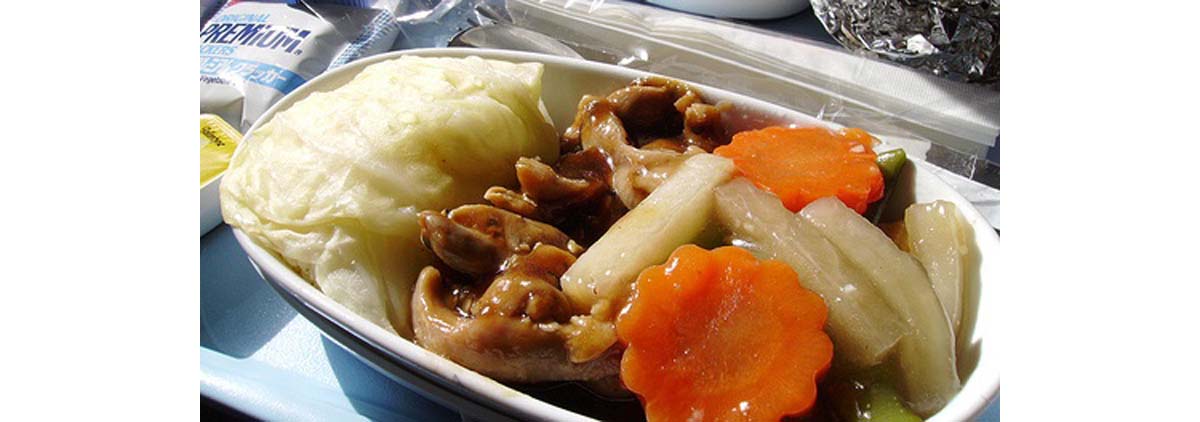
When you’re just cooking for yourself, this can of course be problematic. It’s no good relying on convenience food, takeouts and TV dinners – these are packed full of calories, additives and hidden ingredients that can hinder your weight loss, and won’t provide you with enough energy to perform at your best. Despite this, it seems to be the option that many people living on their own take. This is the quick route to a lack of results though.
While you may think that cooking takes hours and that you just don't have time for it, you're wrong. Cooking healthy, tasty, diet friendly meals from scratch just for yourself doesn’t have to take hours of preparation and cooking time though. It’s actually quite easy to knock up a decent meal in just 10 to 15 minutes, provided you know how to do it.
There are so many benefits to cooking your own meals. Not only will it be very helpful and necessary to losing weight but it's also surprisingly a lot cheaper than those takeouts you always order.
In this article, there are guidelines on the steps to take to make sure your meal is healthy, and right for your diet, and some sample recipes that you can try right now!
Guidelines
Other slightly more processed foods, such as grains – rice, pasta, bread, etc., and dairy products are fine in moderation, but shouldn’t make up the bulk of your meals.
Processed foods like reformed meat, chips, microwave dinners and junk food are definitely off limits though.
The second thing to consider is your protein intake. Weight loss diets need to be high in protein, as protein is essential for maintaining muscle mass, boosting your metabolism, and aiding with hormone production. You can get your protein from any type of meat, fish or eggs. Dairy products are a good choice too, especially if you’re a vegetarian, or if you’re vegan, then look to lentils, chickpeas, beans, and fermented soy products like tofu and tempeh.
Vegetables are another essential component. All vegetables (with the exception of starchy vegetables like potatoes, parsnips and yams) are very low in calories and carbs, yet high in nutrients and filling. Each meal you cook should include at least two servings of vegetables, and preferably dark green, or brightly colored ones, like sprouts, kale, zucchini, cauliflower, egg plant, asparagus, carrots, mushrooms, and so on.
Finally, you can add in extras, like starchy carbohydrates, fats and sauces. It’s perfectly acceptable to add small amounts of these, but they are all more calorific than proteins and vegetables, so you need to watch your serving sizes, and make sure you don’t go overboard.
Sample Recipes
Lean Beef Chilli

This recipe makes four individual servings, which can be frozen and microwaved at a later date.
Ultra Low Carb Burgers
Dry fry them on a griddle for five minutes per side. Instead of serving them in buns, try using a large lettuce leaf, with some low sugar relish. It’ll feel like you’re eating a burger, but without all the unwanted calories and carbs.
Grilled Salmon
Super Salad
2 Minute Eggs
Lentil Soup
For this, you’ll need 250 grams of lentils, two carrots, two stalks of celery, two onions, and enough vegetable stock to make the soup to your desired consistency. Cook all vegetables until soft, then add the lentils and stock, and simmer for half an hour, and that’s it! If you like your soup at more of a liquid consistency, then wait for it to cool, and run it through a blender.
Hopefully now you can see that cooking healthy meals for one isn’t time-consuming or difficult. With a little forward planning and experimentation, you can make great tasting, quick meals that will suit your diet to a tee.
- “Protein Really is a Prescription for Weight Loss?”. By Selene Yeager.Published December 12, 2010. Accessed on May 5, 2012 Retrieved from http://www.msnbc.msn.com/id/39851476/ns/health-diet_and_nutrition/t/protein-really-prescription-weight-loss/#.T6Vp0-ilez4
- Photo courtesy of autanex on Flickr: www.flickr.com/photos/autanex/367985950
- Photo courtesy of rainboweyes on Flickr: www.flickr.com/photos/rainboweyes/340288366

